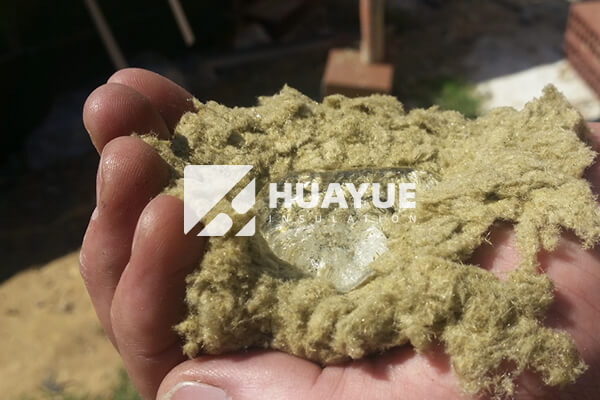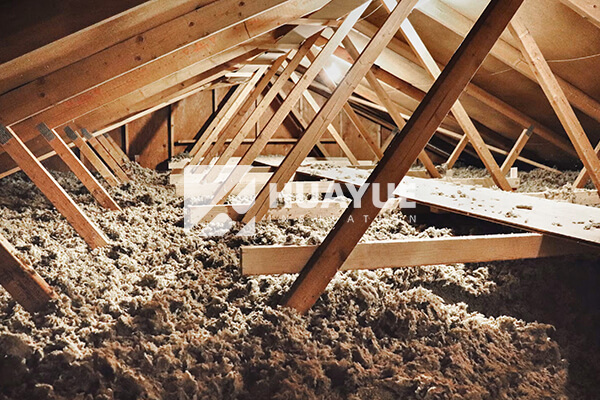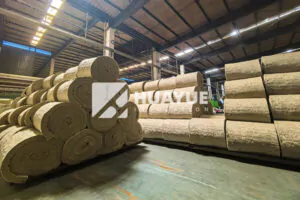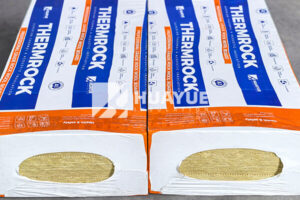What Is Bulk Rockwool and How Can It Be Used in Large-Scale Projects?
When space is irregular or access is tight, bulky problems need bulk solutions.
Bulk rockwool refers to loose, uncompressed fibers supplied in sacks or bales, ideal for blowing, packing, or filling awkward spaces. It provides strong insulation, fire safety, and acoustic control.

Choosing bulk material without knowing how and where to apply it can lead to waste. I have seen projects succeed when bulk rockwool is chosen for the right scenarios. Let’s explain.
What Are the Main Applications for Bulk Rockwool?
You cannot fit standard batts everywhere. That’s when bulk material proves its value.
Bulk rockwool works best for:
- Filling wall cavities (especially in renovations)
- Packing into industrial tanks or pipe bends
- Blowing insulation into attics or ceilings
- Acoustic treatments inside walls

| For performance: | Application | Advantage | Comment |
|---|---|---|---|
| Blown-in attic | Covers all gaps easily | No seams, lots of area | |
| Tank packing | Fills curves, tight spots | No custom cutting needed | |
| Wall/floor cavity | Superior soundproofing | Stops noise transfer |
I once worked on an old warehouse where standard boards could not fit odd-shaped gaps. Switching to bulk rockwool let us fill every space, stopping drafts and noise.
How Is Bulk Rockwool Installed?
Don’t try to simply pour and hope for the best.
Bulk rockwool is usually blown in with a special machine or hand-packed. The material should be fluffed to the recommended density to ensure it won’t settle or clump, which would reduce effectiveness.
On larger jobs, machines make quick work of attics or tanks. For small patches or repairs, hand filling works too. Seal all outer surfaces with a vapor barrier or facing for best results.
My experience is that accurate installation methods are as important as the product itself. Poor installation can ruin even the best insulation.
What Are the Advantages and Drawbacks of Bulk Rockwool?
Bulk rockwool excels in covering irregular shapes and large areas quickly. It is fireproof and noncombustible. It can be cheaper per cubic meter for big fills.
Downsides? It is dusty to handle. It may settle if dense packing rules are ignored. Unfaced material should not be left exposed in high-moisture or wind-blown locations.
Bulk rockwool is a favorite for retrofitting older buildings, but not every project needs it. Boards or batts sometimes prove simpler for new construction, especially in exposed applications.
How Does Bulk Rockwool Compare to Blown-in Fiberglass or Cellulose?
Bulk rockwool has its own set of strengths.
Compared to fiberglass, rockwool is naturally fireproof, does not burn or emit toxic fumes, and often handles moisture better. Cellulose insulates well but can absorb water and may decay.
| Material | Fireproof | Settling | Mold Risk |
|---|---|---|---|
| Bulk Rockwool | Yes | Low | Almost none |
| Fiberglass | No | Low | Very low |
| Cellulose | No | Medium | High if damp |
I always recommend rockwool where fire safety cannot be compromised, such as in chemical plants, boiler rooms, or where insurance requires it.
Conclusion
Bulk rockwool provides a powerful solution where standard insulation cannot reach, keeping every corner protected and energy-efficient.
You may also be interested in:
Ready to Get Started?
Get in touch with our experts for personalized solutions tailored to your needs.
Get Free QuoteLatest Articles
Let's Work Together
Ready to take your business to the next level? Get in touch with our team of experts and let's discuss how we can help you achieve your goals.
Get Free Solutions







